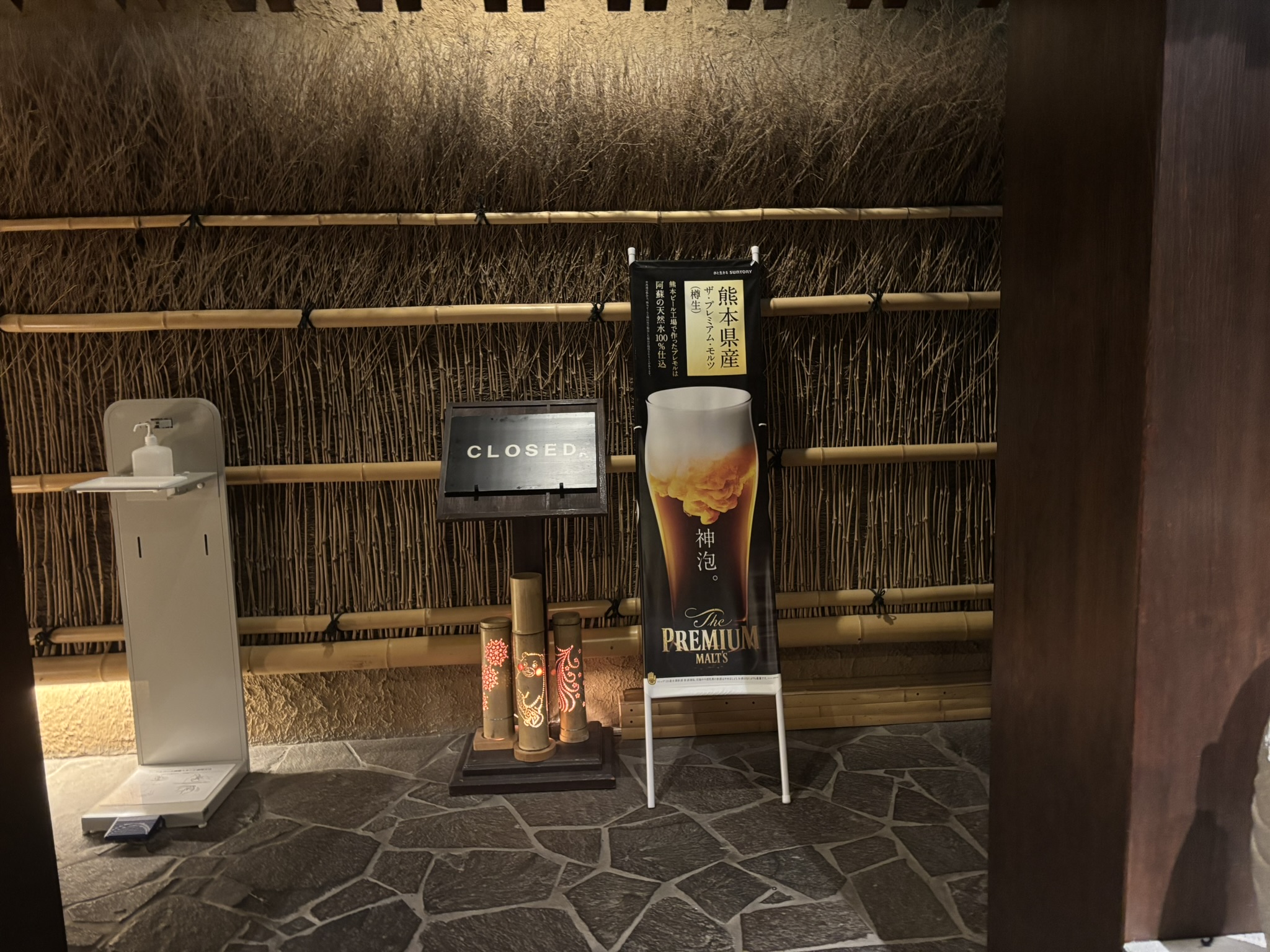Found at last
Monday Nov 27 12:00 AEDT
(Nine Network Image)
By Dr Robert Nichols
For more than 60 years, the fate of Midget A (aka M24) and its two-man crew has been a mystery.
Despite many searches, the third Japanese Type A midget submarine used in the night raid on Sydney on May 31 to 1 June 1942 has never been found ― until now.
As reported on 60 Minutes on Sunday, seven amateur divers discovered the wreck of a midget submarine lying off the coast, and there appears little reason to doubt it is M24.
It has always been known what happened to the other two midget submarines and their crews: they perished in the harbour during the raid.
The submarine of Lieutenant Chuma (M27), the mission commander, became entangled in a partially finished defensive boom net strung across the harbour, and its crew probably detonated the craft's scuttling charge when they realised they could not escape; the crew of the second midget (M22) crew shot themselves when they were finally run to ground in Taylors Bay.
Successful attack
But in large measure the story of the Sydney raid is the story of M24's commander, Sub-Lieutenant Ban ― his was the only submarine to go any way at all towards fulfilling the Japanese mission.
Unlike the other two midget submarines, Ban successfully entered the harbour on the first try. Unlike them, Ban fired both his torpedoes. Unlike them, M24 actually did some damage, sinking the converted ferry HMAS Kuttabul, at the cost of 21 lives (though far less than Ban intended, his target being the heavy cruiser USS Chicago). And unlike them, Ban and his crewman, Petty Officer Ashibe, got away.
Of course, no one has ever seriously believed they survived. And as the decades passed and the submarine failed to turn up in the harbour, it became more and more likely that they had made it outside the heads. A 1.58am reading on an electronic warning loop has often been taken to be M24 leaving the harbour. But it never did rendezvous with the mother submarines lying off Port Hacking.
The report suggested that shell and small arms fire, the effects of which it is claimed are visible on the hull, might explain what crippled the submarine. But had the pressure hull been breached, the submarine would have found just getting out of the harbour difficult if not impossible.
Lingering danger
Even undamaged, M24 would probably have been hard-pressed to reach the rendezvous point. The Type A was a battery-powered craft, and in all likelihood Ban simply ran out of power. As with any battery-powered device, the harder you run it, the faster the charge is depleted ― and Ban had been chased around the harbour and fired upon before he got off his two shots.
The wreck off Sydney is clearly a Type A, and apparently both its torpedoes have been fired. But what of the crew? The divers who found the submarine believe the bodies are still inside the craft. If they are, and if there is evidence that they also killed themselves, will this fuel the belief that it was a suicide mission?
Officially, the men were expected to return if possible. Indeed the mother submarines waited off the coast for days after the attack, at some risk to themselves. It seems clear, however, that at least some of the men who set off never expected (or intended) to return.
The 60 Minutes report warned people off approaching the wreck, alluding to the threat of "million-dollar fines and jail terms". But there is an even more compelling reason for the curious to stay well clear: each Type A submarine carried two 35kg scuttling charges (fore and aft). A similar charge had destroyed M27. Who knows how volatile the charges in M24 might still be, even after all these years.
Mystery solved?
Not knowing is always frustrating for historians. So it's immensely satisfying to discover, finally, what became of M24 ― and perhaps now we will be able to give this craft its proper designation, "M24" simply being shorthand for "the midget from I-24". While there are few if any outstanding technical questions about the Type A ― the other two wrecks have already offered up answers to those ― various specific details about what happened that night might now emerge. What is most intriguing is whether Ban was deliberately taking his craft up the coast under power, possibly against the prevailing current, and if so, why?
What then of the historical significance of the find? This is likely to prove more symbolic than substantive. As weapons, the midget submarines had a negligible effect on the course of the war. They never achieved much, and after their failure in Sydney they were hardly ever used again. A few days after the raid, the tide of war in the Pacific changed irrevocably with the American victory at Midway. And the attack on Sydney turned out not to be the precursor of an invasion of the mainland. Nevertheless, the "last" midget is likely to remain a potent reminder of a time when the war came to Australia's largest city.
Dr Robert Nichols is the senior editor in the Military History Section at the Australian War Memorial. He was responsible for developing the midget submarine display in the Memorial's ANZAC Hall.
ジャンル別一覧
人気のクチコミテーマ
-
-

- 温泉旅館
- 黒川温泉 湯峡の響き 優彩に宿泊しま…
- (2024-11-30 01:51:13)
-
-
-

- 皆さんの街のイベントやお祭り
- 岸和田だんじり祭 2024 春木地区本…
- (2024-11-30 07:31:49)
-
-
-

- ディズニーリゾート大好っき!
- 〖ハイタワー三世〗って誰??
- (2024-11-27 23:24:03)
-
© Rakuten Group, Inc.



